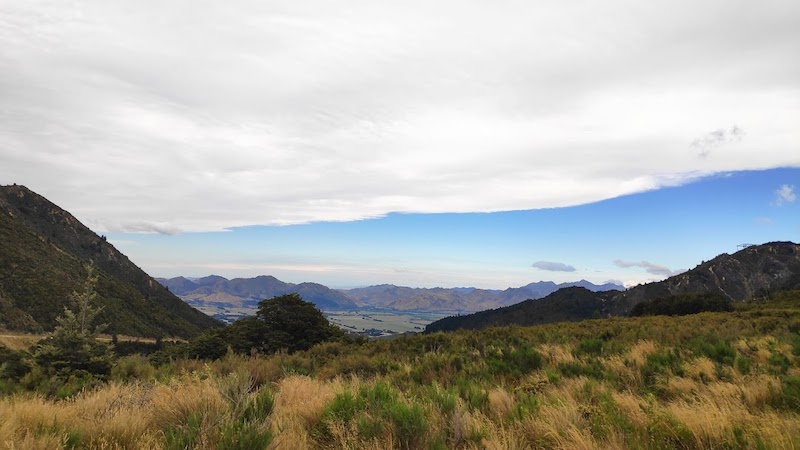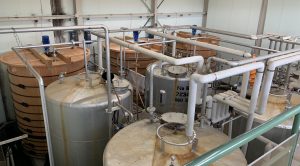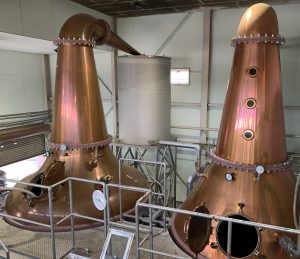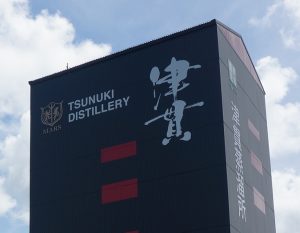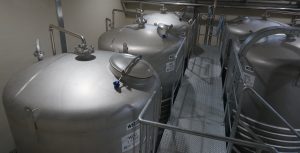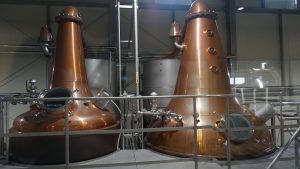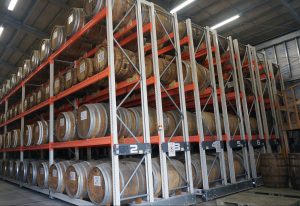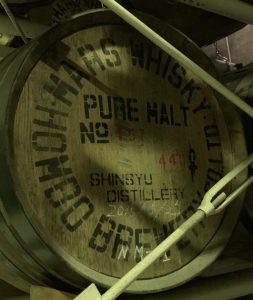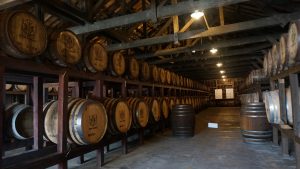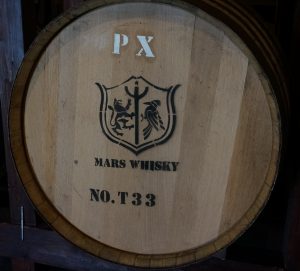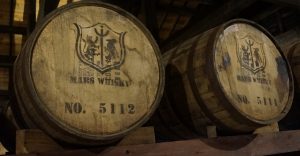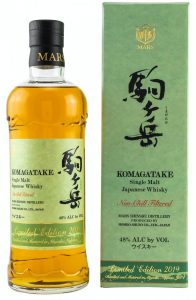Arran Distillery: The Past, The Present and the Future
Arran is the first (legal) distillery on the Isle of Arran since Lagg distillery closed in 1837 which was highly revered back then. Arran distillery marks the revival of whisky-making on the Isle of Arran, so let’s dive into how Arran distillery all started!
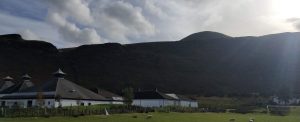
Photo of Lochranza distillery in the morning. Taken in 2018.
How did it start?
The late Harold Currie who left us in 2016 held many titles, and amongst those titles, he was the Managing Director of Chivas Bros and saw the merger of Pernod-Ricard. After his retirement, he was approached by David Hutchison, who is one of Glasgow’s best-known architect. Moreover, he has ancestors from the Whiting Bay village of Arran and owns property on Arran. With the connections and experience Currie possesses, along with the technical ability for David to help design the distillery, they decided to start a distillery on Arran! In 1991, Harold Currie and David Hutchison set up the company called the “Isle of Arran Distillers Ltd” with a head office in Pathhead, Edinburgh.
Location Location Location
One of the first things to decide is the location. The location determines the cost and water supply, and therefore, the maximum capacity of the distillery. In addition, certain locations might pose limitations on the area of the distillery takes up.
The Isle of Arran has been described as ‘Scotland in miniature’ due to its geology and topography. The island has beautiful granite peaks and gorgeous glens around the north that is reminiscent of the Highlands and juxtaposes with the green arable lands in the south that resembles the Lowlands. Therefore, on the Isle of Arran, one location might differ significantly from another.
A distillery requires a good water source of a certain quality for its operations. The pH, mineral content, supply and general cleanliness are some of the essential factors. On that basis, Blackwaterfoot, Whiting Bay, Corrie and Sannox were struck off leaving Lochranza that can provide good quality water.
Planning and Finance
In November of 1991, the team approached the local Town Council for approval. However, this proposal incurred some harsh resistance from the residents of Lochranza. Residents voiced concerns over potential pollution and the over-industrialisation of their town. But after a bit of compromise and a pinch of humour, the majority of residents had their worries eased. The residents also recognised the benefits the distillery will bring to the island as a whole.
Earlier, the company came up with an estimated cost of the distillery to be around 1.5 million pounds. However, the costs quickly escalated to 2.5 million pounds, and the company needed more capital. In 1993, the company offered a £450 Bondholder Scheme to the public, offering 6 bottles of blended Arran Whisky after 5 years and 6 bottles of Arran Single Malt after 8 years. There was even a 10% discount for anyone who purchased before 6th December 1993! The company launched another offer of single malt ‘units’ which was defined as a dozen bottles of 70cl bottles. By autumn of 1994, the sale of bonds accounted for 60% of start-up capital. Fortunately, Currie managed to gain more investors and shareholders through his connections. This allowed the construction to begin in 1994.
The Early Years
The construction to be temporarily halted due to some golden eagles which were spotted nesting near the site. However, they finished their construction in June of 1995. During the official opening in August, Harold Currie addressed the crowd, amongst it was a much younger Jim Murray. Surprisingly, the eagles flew past the distillery on that day. Maybe, it was a good omen!
Gordon Mitchell was Arran’s first master distiller! He started his whisky career at Lochside distillery and later joined Cooley distillery in 1989 up till December 1994. As the distiller of a completely brand new distillery, he designed Arran’s new make spirit during the pre-production testing before the official first still runs on 29th June 1995. The quality of the spirit character astounded John Lamond, Master of Malt and Keeper of the Quaich. Gordon continued for over a decade, making Arran whisky and fulfilling the Bondholder schemes. Gordon also had a hand in distilling experimental Arran whiskies, like peated Arran and bere barley, both in 2004.
In August 1997, the Visitors Centre of the distillery was opened and graced by Queen Elizabeth. The distillery gave two casks to the Queen for Prince Harry and Prince William. The opening of the visitor centre was also greeted by big names actor Ewan McGregor, Whisky writer Michael Jackson, and Takeshi Taketsuru, nephew and adoptive son of Japanese Whisky Legend Masataka Taketsuru.
In 2001, Isle of Arran Distillers became a patron of the World Burns Federation. This later saw the launch of the Robert Burns blend and single malt! Around this time, Arran also did many cask finishes using casks that once contained Calvados, Cognac Marsala and port. Later, a Champagne Grand Cru cask finish was also introduced!
Master Distiller James MacTaggart

Wefie with Mr James MacTaggart in 2018!
James MacTaggart took over Gordon Mitchell as Distillery Manager of Arran in 2007. James had worked at Bowmore distillery for 31 years and played a part in some of the best Bowmores revered by Bowmore fanatics. At Lochranza distillery, he handles the quality control, buys quality casks for whisky maturation and chooses select casks for bottling.
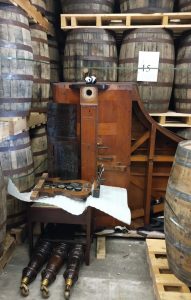
A piano belonging to James MacTaggart, in the warehouse. Photo taken in 2018.
In addition, he determined the malting specifications at Glen Esk maltings so that the barley Arran distillery used could be up to his standards and expectations. He started requesting for peated barley as well, at 20ppm and 50ppm. That effort would bear fruits 3 years later when Arran distillery launched the first release of Machrie Moor, a peated Arran!
In 2019 James moved on from the position of Lochranza Distillery’s Master Distiller to the Director of Production and Operations which oversees both distilleries. In his place, David Livingston took over the role of Distillery Manager. James was also responsible for mentoring and getting Graham Omand to take up the role of Lagg Distillery Manager.
Arran in 2020
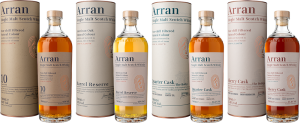
Photo of Arran Whisky Core Range from 2019. Photo Credits: Arran Whisky News
Arran distillery has come far from doing just cask finishes in the early 2000s. There is a core range featuring a 10, 18 and 21 age statements, a revamped cask finishes range, various limited editions, a lovely cream liqueur and single casks bottlings. The core range bottles were also rebranded in 2019, with the cask finishes range expected to follow suit!
Lagg Distillery and what lies ahead!
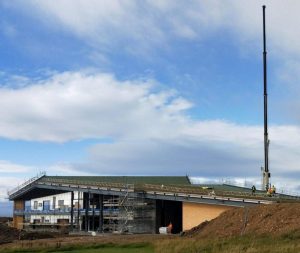
Lagg distillery under construction back in 2018.
In 2019, Arran Distillers revived Lagg distillery, and it would serve to produce peated whiskies for the company and allows Lochranza distillery to focus on unpeated whiskies. Due to Lagg distillery being on the south end of the island, it is below the highland boundary fault line, and it is technically considered a lowland whisky. That leaves the Isle of Arran with both a highland and lowland distillery. Perhaps Arran should become its own whisky region!
During the construction of Lagg distillery, the team also started planting apple trees in the field near the distillery. To the date of this article, close to 3000 apple trees have already been planted. It is likely that whisky might not be the only thing that will be made at Lagg distillery!
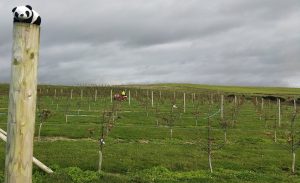
New wee apple trees growing near Lagg distillery. Taken in 2018
To continue the culture of experimentation, Isle of Arran Distillers has announced plans for a blended malt by putting new make spirit of both distilleries into various casks. This “Project North & South” will be maturing until it is deemed ready! According to Global Brand Ambassador, Mariella Romano, in 2020, Arran also has some local barley casks ageing in the warehouse. In another Facebook live video, the comments indicate that there is Champagne cask in the works!
This article contains a lot of recorded history from the book “The Arran Malt: An Island Renaissance” by Neil Wilson. If you wish to know more about the history of Arran, you can get the book at the distillery website or from amazon. Special thanks again to Euan Mitchell, James Mactaggart and the wonderful people at Arran for that unforgettable time in I spent on Arran in 2018.

